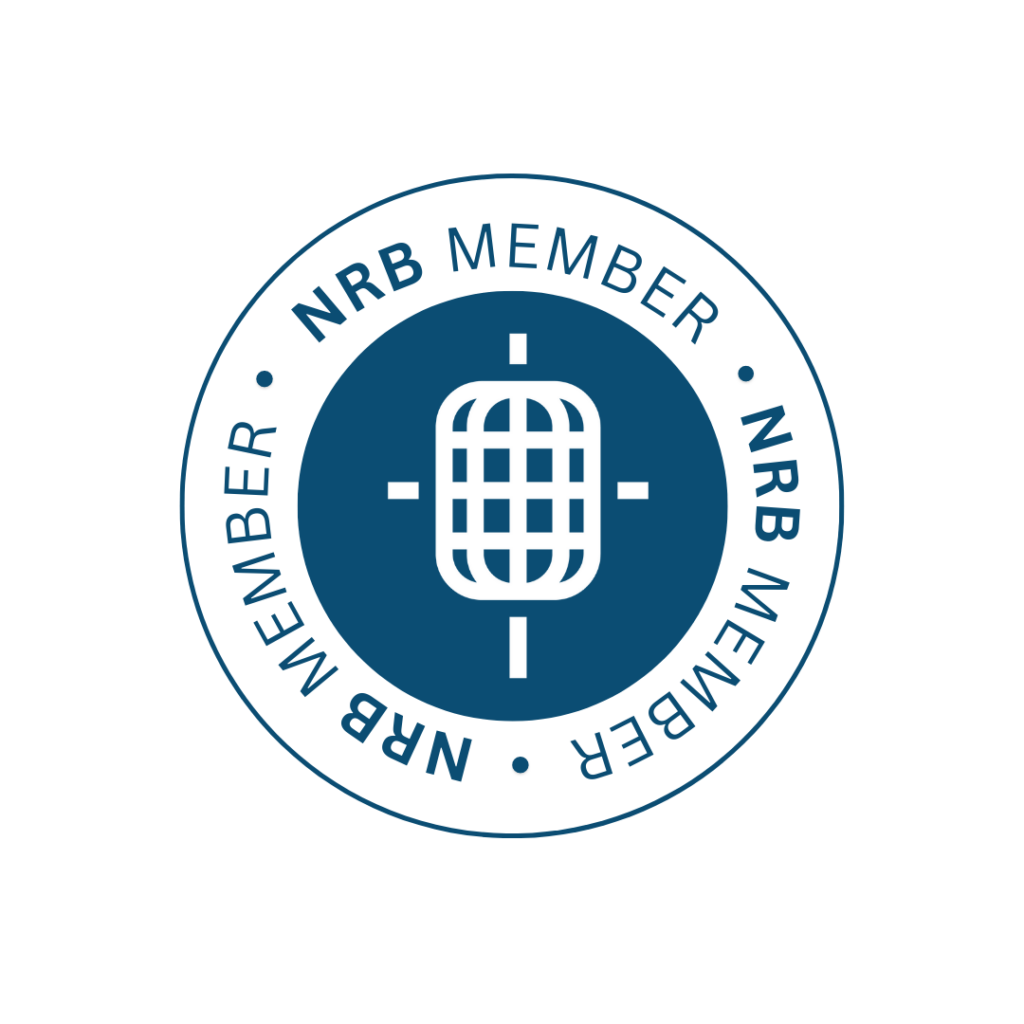You Had Me at Thank You
Taking the time to personally write a thank-you letter is one of the best (and easiest) ways to nurture a long-lasting donor relationship.
Before we go on, it’s important to make a distinction between a thank-you letter and a receipt. The receipt, ideally sent within 24-48 hours of the gift, confirms to the donor that their gift has been received and it’s been allocated to what they gave to.
The thank-you letter can be sent at the same time, or sent separately, and is used for two things—expressing your gratitude and giving the donor another opportunity to give.
So, in the spirit of getting more, and better, donors here are three ways that you can immediately improve the impact of a thank-you letter:
1. Write to a Real Person
One of our best-known practices for fundraising copywriting is to write thank-you letters with an actual person in mind—ideally someone who fits perfectly into your donor demographic. It might be a grandmother or a favorite aunt, but use their name in your drafts and write to them. The key is to be personal.
At Douglas Shaw & Associates, we often refer to this as donor-focused fundraising. It’s the art of making the donor feel like the hero (regardless of their gift size), making them feel great about what they’ve done. And the reason we do this in a thank-you letter is because if a donor feels appreciated, they are more likely to give again.
2. Keep it Casual
Generally speaking, it’s better to avoid overly formal language in a thank-you letter (or any of your direct response messages). It might be a no-no on a high-school term paper, but the more you avoid colloquialisms and contractions in a thank-you letter, the less personal it feels.
So, be conversational in your tone. To achieve this, the best advice we can give is to write as if you’re speaking out loud. You can even practice it once you’ve finished writing a draft—just be sure to do it with the door closed! Writing this way will feel more genuine and build a donor relationship faster.
3. Be Different
Whether we like to admit it or not, your donors are probably giving their support to multiple organizations. Knowing this, it’s important to grab your supporters’ attention early.
Moving a thank-you letter away from the run-of-the-mill doesn’t mean embellishing your note of thanks, but it does mean you can be creative with it.
For example, instead of saying, “Thank you for your donation,” consider starting a thank-you letter like this:
Mary, my jaw hit the floor when I saw your gift. Thank you! You’ve done a generous and wonderful thing, and lives will be changed because of you.
Starting your letter with a gushing opening sentence like this will leave your donor wanting to read more, but don’t overdo it. Keep it short, genuine, and to the point. You want them to be curious for more, not rolling their eyes.
We want you to understand that while writing a prompt and heartfelt thank-you letter is a key ingredient in retaining your donors, it is just one of the many tactics you should have in your acquisition and retention strategies.
Remember, your mission is unique so make sure that your strategies are too.
Related articles
-

More Than Just Work
As a young Christian professional navigating the conundrum of aligning my beliefs into a purposeful career, I’ve been blessed to…
-

What to Think of Artificial Intelligence and Its Impact on Fundraising . . .
In trying to summon an image to represent our theme for this issue of Donor Focus, I found myself drawn…
-

Fundraising Meets Artificial Intelligence
In this article, we’ll explore the captivating realm of AI-powered fundraising efforts—the boundless benefits and intriguing challenges that arise when…






